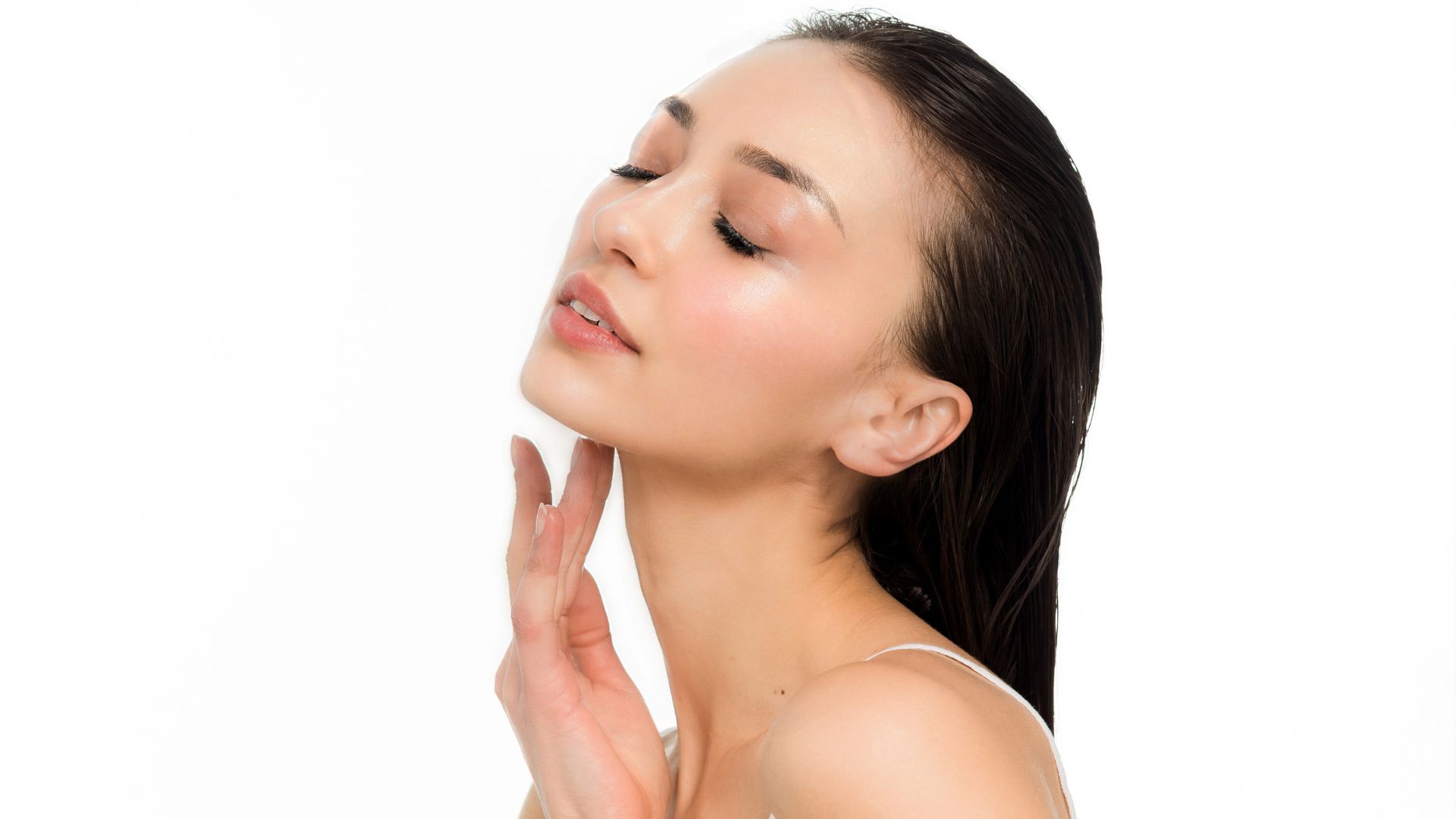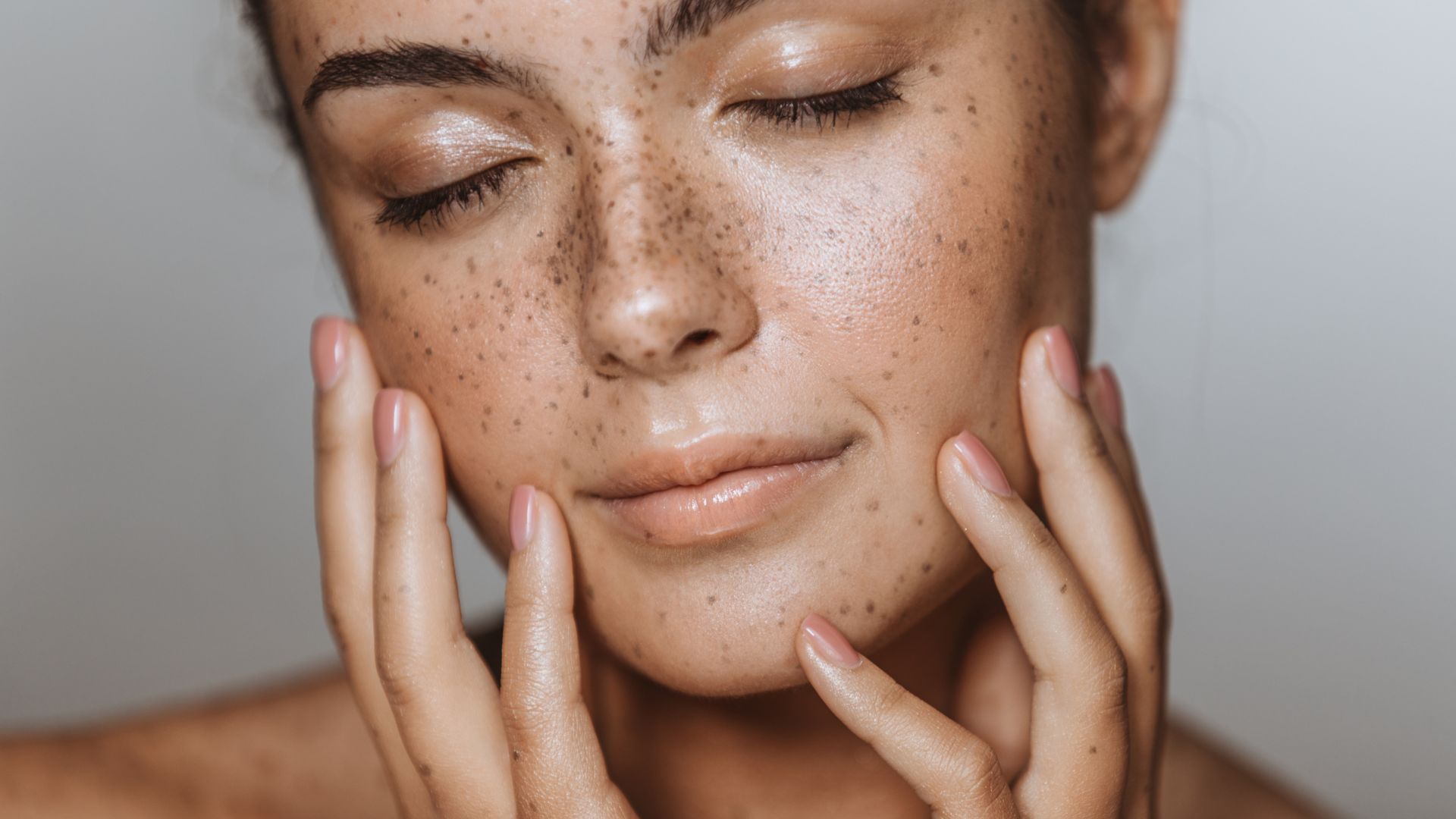
Dermal fillers have seen a substantial increase in popularity, with millions of procedures performed annually worldwide. According to the American Society of Plastic Surgeons, over 3.4 million dermal filler procedures were conducted in the United States alone in 2019. This rise is attributed to the treatments’ non-surgical nature and the immediate, visible results they offer.
Two of the most popular dermal fillers are Radiesse and Restylane. While both are used to reduce wrinkles and enhance facial features, they differ in composition, longevity, and specific applications. Understanding these differences is crucial for individuals considering dermal fillers.
This article will explore each filler’s characteristics, benefits, and potential drawbacks. This guide provides comprehensive information to help you make an informed decision.
Key Takeaways
- Radiesse and Restylane are popular dermal fillers used for aesthetic treatments.
- Radiesse contains calcium hydroxylapatite (CaHA), while Restylane is based on hyaluronic acid (HA).
- Both fillers have different mechanisms of action and clinical efficacies.
- Understanding the safety profiles, practical considerations, and patient satisfaction is crucial for medical professionals to determine the most suitable filler for their patients’ needs.
About: Doctor Medica is your trusted supplier of top-quality dermal fillers, viscosupplements, and more for your medical practice. We offer genuine products from leading brands at the lowest prices in the market. If you’re looking to buy Radiesse for your practice, contact the Doctor Medica today.
Composition and Mechanism of Action

Radiesse distinguishes itself with its exclusive mix of calcium hydroxylapatite (CaHA) gel microspheres. This composition fulfills two functions: it smoothes out wrinkles and encourages collagen production within the body.
This dual function produces more naturally looking and long-lasting results. It excels specifically in treating deeper wrinkles and improving facial contours, making it a favored choice for individuals desiring significant enhancements.
Restylane uses hyaluronic acid to hydrate and add volume to the skin. This naturally occurring substance plays a key role in keeping skin looking full and youthful. Doctors often choose Restylane to smooth fine lines, plump lips, and enhance cheeks.
Clinical Efficacy and Longevity

Radiesse and Restylane both excel in facial rejuvenation but cater to different needs. Radiesse stimulates the body’s collagen production, making it ideal for more pronounced wrinkles and enhancing cheek contours. Its longer-lasting results make it a preferred choice for treating smile lines, with many patients reporting high satisfaction, especially for areas requiring more volume and definition.
According to a 2005 study, Radiesse was preferred for smile lines with a 2:1 ratio over Restylane.
- It required 30% less volume to achieve comparable results and had a lasting effect of 79% after 12 months, compared to Restylane’s 43%.
- Radiesse results typically last 9 to 18 months, while Restylane provides immediate results lasting 6 to 9 months.
- Radiesse also showed significant improvements in jawline contour, though Restylane had a higher patient satisfaction rating of 89% compared to Radiesse’s 67%.
Safety Profile and Side Effects

Common Side Effects of Radiesse
Radiesse is known for its role in facial rejuvenation and soft tissue augmentation. It’s FDA-approved, ensuring a good safety profile for cosmetic procedures. Here are the common Radiesse side effects:
- Swelling at the injection site can occur, often visible immediately after the procedure and subsiding within one to two weeks.
- Redness is another frequent reaction, with the affected area appearing pink or red shortly after treatment.
- Bruising might also happen, with shades of blue or purple fading over time.
- Tenderness in the treated area is expected, making it sensitive to touch for a short period post-treatment.
Common Side Effects of Restylane
Restylane is a popular dermal filler known for its hyaluronic acid composition, which helps smooth wrinkles and fine lines. Common side effects are mild and usually resolve within a week after treatment. Here is what medical professionals should know:
- Mild swelling often occurs at the injection site, making the treated area appear slightly puffier.
- Bruising can also appear around the injection site. This is common due to needle insertion during treatment.
- Redness might be noticeable immediately after the procedure. It’s a typical response of the skin to the injection.
- Some patients report pain or discomfort at the injection site, although it’s usually temporary and manageable.
- Itching may occur as part of the body’s reaction to Restylane but should subside within a few days.
Both fillers emphasize educating patients on potential risks to lower complications. Although mild effects are more common, medical professionals should stay alert for any signs of serious adverse events after using these cosmetic fillers.
Practical Considerations
Radiesse excels in sculpting and defining the cheeks, jawline, and chin. Its unique formula provides immediate volume and stimulates natural collagen production for long-term improvement.
This makes it a top choice for those aiming to enhance facial contours or restore lost volume. Moreover, Radiesse stands out for hand rejuvenation treatments. It reduces the visibility of veins and tendons by adding volume to the back of the hands, making them appear smoother and more youthful.
Restylane shines in its versatility for facial rejuvenation. Specifically designed to boost lip fullness and smooth out wrinkles, it’s a top choice for beautifying the face. People often pick Restylane for lip augmentation, giving them plump, attractive lips.
It also works wonders on nasolabial folds and marionette lines, smoothing these areas for a younger look. Cheek and chin augmentations are other popular uses, as Restylane adds volume where needed most.
Deciding between Radiesse and Restylane involves weighing patient satisfaction and costs. Review the details:
| Aspect | Radiesse | Restylane |
| Cost per Syringe | $650 – $800 | $350 – $800 |
| FDA-approved Uses | Facial volume loss, jawline contour, hands volume loss, nasolabial folds, marionette lines, non-surgical rhinoplasty | Nasolabial folds, lip augmentation, under-eye area, cheek volume enhancement, mouth wrinkles |
| Lip Augmentation | No | Yes |
| Under-eye Treatment | Not suited | Suited |
| Patient Satisfaction (Survey Rating) | 67% | 89% |
| Clinical Preference for Smile Lines | Preferred 2:1 over Restylane; required 30% less volume for comparable results | N/A |
Conclusion
Choosing between Radiesse and Restylane depends on your needs. Radiesse is great for smiles and lasts longer. Restylane fills lips and eyes nicely and costs a bit less. Both have side effects like swelling but keep skin young.
So, think about what you need before picking one.
FAQs
1. What’s the difference between Radiesse and Restylane?
Radiesse and Restylane are popular dermal fillers but have unique properties. Radiesse is made of calcium hydroxyapatite microspheres, while Restylane is a hyaluronic acid-based filler.
2. Are there any side effects to consider when comparing Radiesse vs Restylane?
Yes, like all medical treatments, both fillers can cause side effects. Common ones include swelling or bruising at the injection site for both products.
3. Which one lasts longer – Radiesse or Restylane?
In general, the longevity of results varies from person to person due to factors like metabolism and lifestyle choices… But typically, Radiesse lasts a bit longer than Restylane.
4. How do I choose between Radiesse and Restylane for my treatment?
Your choice should be based on your specific needs… It’s best to consult an experienced healthcare provider who can guide you through this decision-making process after thoroughly examining your skin condition.
References
American Society of Plastic Surgeons. (2020). Two thousand nineteen plastic surgery statistics report. Retrieved from https://www.plasticsurgery.org/news/plastic-surgery-statistics
Loghem, J. V., Yutskovskaya, Y. A., & Philip Werschler, W. (2015). Calcium hydroxylapatite: over a decade of clinical experience. The Journal of clinical and aesthetic dermatology, 8(1), 38–49. Retrieved from https://www.ncbi.nlm.nih.gov/pmc/articles/PMC4295857/
Related Articles
Joanna Carr
Top 5 Frequently Asked Questions About Hyacorp Filler
Get answers to the top 5 frequently asked questions about Hyacorp filler. Learn more about the benefits Doctor Medica.
Joanna Carr
Hyalgan vs Synvisc: Comparing Osteoarthritis Treatments
Hyalgan and Synvisc are both used to ease knee pain from osteoarthritis. Read our comprehensive comparison.
Joanna Carr
Clinical Application of Botulinum Toxin for Hemifacial Spasm
Explore BOTOX® injections in managing facial spasms, including hemifacial spasm botox injection sites, treatment frequency, and associated risks. Read...


